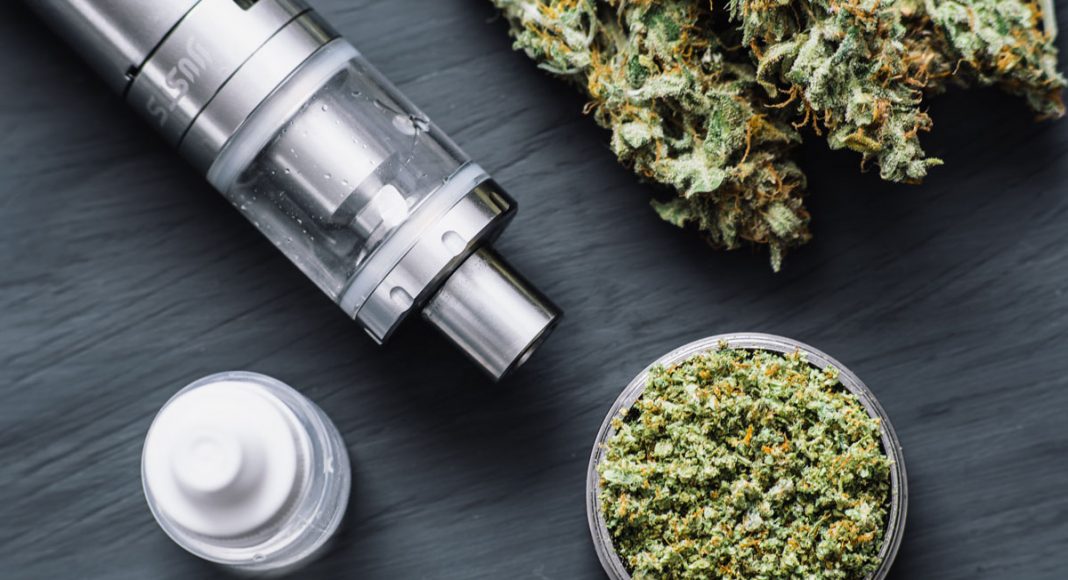Back in December, the NIH released a survey that found that vaping e-cigarettes, THC cartridges and flavored vape juice is on the rise in teenagers, while the abuse of painkillers is down. Though the National Institute on Drug Abuse (NIDA) found the cannabis numbers disturbing, what do they really mean?
The study beyond implied that vaping THC cartridges was far more harmful than smoking cannabis the old fashioned way. Not because of the miniscule molecules going into young lungs, not because vaping is itself dangerous, but because the cannabinoids are more concentrated in a pen than in flower form.
-
Related Story: 7 CBD Skincare Products That Will Change Everything
There are many sides to this argument. Most cannabis imbibers agree that combusting plant matter is likely worse for one’s lungs (if that’s a concern at all) than vaping. Vape pens are supposed to be the chiller way to toke, discreet, easy to carry and, as long as it’s not turned up too hot, smoother. Others, however, argue that not enough research has been done on this form of ingesting cannabis.
Those arguments, however, are not what the D.E.A. is worried about. 27.8 percent of high school seniors vaped in some form or another in 2017, and though vaping nicotine has been shown to be less harmful than smoking the tar, carcinogens and chemicals in cigarettes, it could still be linked to cancer and addiction. Cannabis products, on the other hand, have never been shown to be detrimental to one’s health, though that information is not D.E.A. related.
There is always going to be concern about the development of young brains and what affects their progress. NIDA and the D.E.A. continue to insist that ingesting cannabis in any form stunts intellectual growth in youth and only time will mend the harshness of reefer madness. Though we would never suggest teenagers smoke anything, those are the years of experimentation and they’re not likely to stop being thus.
-
Related Story: New LA Cafe Sells $59 CBD-Infused Shake
The survey also showed that though painkiller abuse was up in adults, that it was dropping in youth circles. It went on to say, “In overall pain medication misuse, described as ‘narcotics other than heroin’ in the survey, past year misuse has dropped significantly among 12th graders since its survey peak in 2004—to 4.2 percent from 9.5 percent.”
These are very encouraging numbers as the opioid crisis has claimed so many lives and doesn’t discriminate against age. And though the NIH survey had its own slant on all topics, at the very least the opiate news is grand.


